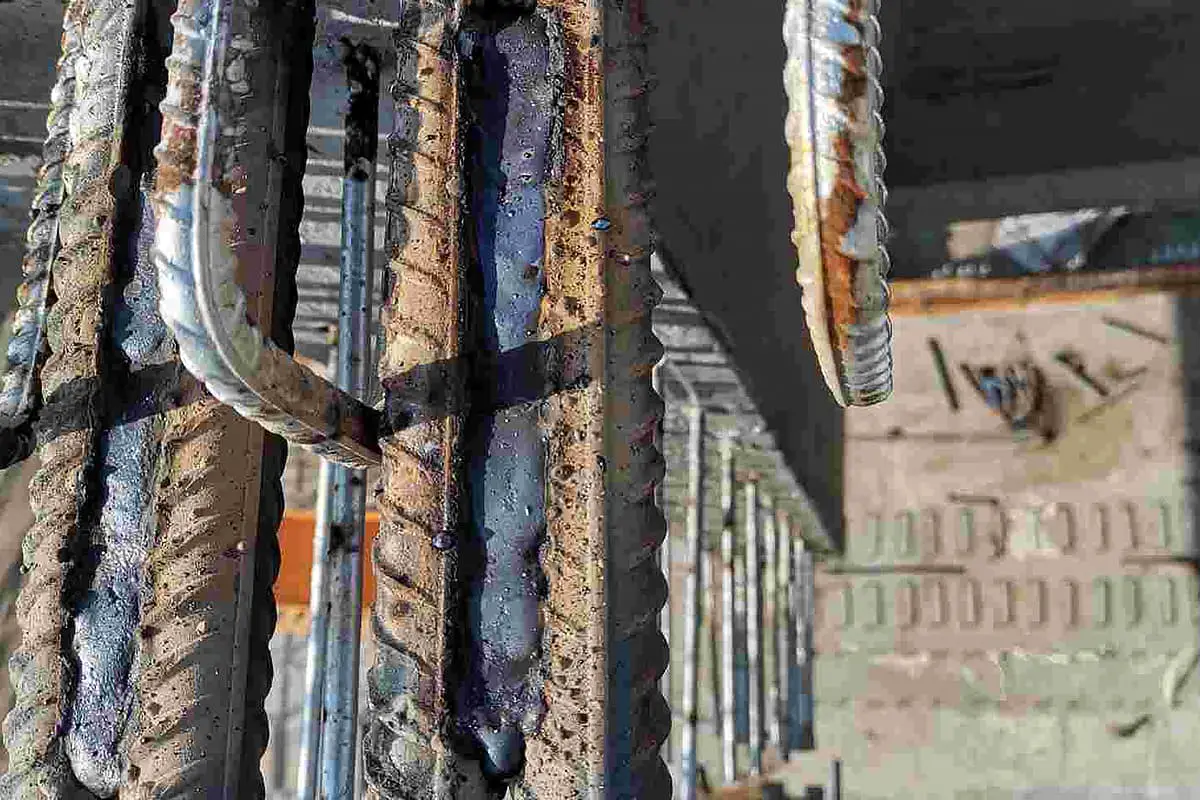Exactly How to Prevent Weld Undercut: Crucial Tips for Welders
Understanding the Causes and Solutions for Undercut Welding in Steel Construction Processes
In the realm of metal fabrication procedures, the occurrence of undercut welding poses a significant difficulty that requires a thorough understanding of its causes and feasible solutions. The intricate interplay of different aspects throughout welding procedures can cause this undesirable sensation, influencing the structural stability and overall quality of the welded joints - Preventing weld undercut. By dissecting the origin of undercut welding and exploring reliable remedial procedures, fabricators can elevate the requirement of their craftsmanship and ensure the manufacturing of perfect metal elements
Common Reasons For Undercut Welding
Often ignored in steel manufacture, undercut welding happens because of various variables that require careful focus and knowledge to be successfully mitigated. One common source of undercut welding is too much heat input. When the warmth input is expensive, it can bring about the melting and succeeding erosion of the base product along the edges of the weld joint, creating a groove or undercut. In addition, inappropriate welding strategies, such as utilizing the wrong welding angle or travel speed, can likewise add to damage formation. Poor protecting gas protection is another key aspect that can result in undercutting. Insufficient gas coverage stops working to secure the weld swimming pool appropriately, bring about oxidation and undercut defects. Furthermore, the selection of welding parameters, such as voltage, current, and wire feed speed, plays a substantial role in the occurrence of undercut welding. Understanding these common causes is essential for implementing precautionary measures and making sure high-grade welds in steel fabrication procedures.
Influence of Incorrect Welding Parameters
Inaccurate welding specifications can considerably jeopardize the stability and quality of welded joints in steel construction processes. The impact of inaccurate welding specifications manifests in numerous methods, leading to architectural weaknesses and issues in the bonded components. Meticulous interest to welding specifications is paramount to ensure the production of premium welds with the wanted mechanical residential or commercial properties and structural stability.
Effect of Improper Torch Angle
Incorrect torch angle in welding operations can substantially impact the high quality and integrity of the final weld joints in metal manufacture procedures. Damaging is a typical welding problem where a groove creates along the weld toe, compromising the joint and endangering its architectural integrity.
A lantern angle that is too steep can cause insufficient penetration, insufficient combination, and raised spatter. On the various other hand, a lantern angle that is as well superficial can lead to extreme infiltration, burn-through, and distortion of the base product. Preventing weld undercut. Correct lantern angle is crucial for ensuring regular weld high quality, toughness, and look
To protect against undercutting and various other defects triggered by incorrect lantern angles, welders need to be trained to preserve the correct lantern angle throughout the welding process. Regular tracking and modification of lantern angles during welding can assist accomplish sound welds with marginal problems.
Duty of Inadequate Welding Methods

An additional aspect of insufficient welding strategies is improper weld preparation. Poor cleaning of the base steels, inaccurate joint style, or not enough edge prep work can all add to damage welding. In addition, insufficient protecting gas insurance coverage or utilizing the incorrect kind of gas can cause incomplete blend and the development of undercut flaws.
To deal with the role of insufficient welding methods in steel construction processes, it is necessary to give comprehensive training for welders. Correct education and learning on welding criteria, joint preparation, and shielding gas choice can help prevent undercut welding and ensure premium welds in steel fabrication projects.
Efficient Solutions for Undercut Welding
Attending to undercut welding in metal construction needs executing effective solutions to boost weld quality and structural stability. Among the key solutions to deal with undercut is to change welding specifications such as voltage, current, and travel speed to make certain correct heat input and fusion. By fine-tuning these settings, welders can stop excessive melting of the base metal and filler product, lowering the chance of undercut development.
In addition, correct joint prep work is essential in preventing undercut. Making certain tidy base metal surface areas totally free of contaminants and making use of the appropriate bevel angle can aid advertise far better weld infiltration and minimize the danger of undercut - Preventing weld undercut. Employing suitable welding methods, such as weaving or oscillating the lantern, can additionally help in dispersing warmth uniformly and filling up the weld joint adequately, decreasing the opportunity of undercut problems
In addition, selecting the appropriate welding consumables, consisting of electrodes and filler metals, is necessary in alleviating undercut. Utilizing materials with proper chemical compositions and mechanical residential properties can add to attaining sound welds with minimal undercut. Normal evaluation and quality assurance steps should also be carried out to discover and attend to undercut concerns promptly, making sure the general honesty of fabricated steel elements.

Verdict
In verdict, recognizing the reasons and solutions for undercut welding in metal manufacture processes is vital for accomplishing premium welds. By dealing their explanation with usual causes such as wrong welding parameters, improper lantern angle, and insufficient welding techniques, welders can protect against undercutting and make sure solid, durable welds. It is vital to pay interest to these variables and implement reliable options to improve the general welding process and end product high quality.
